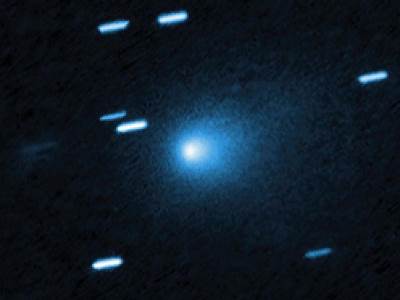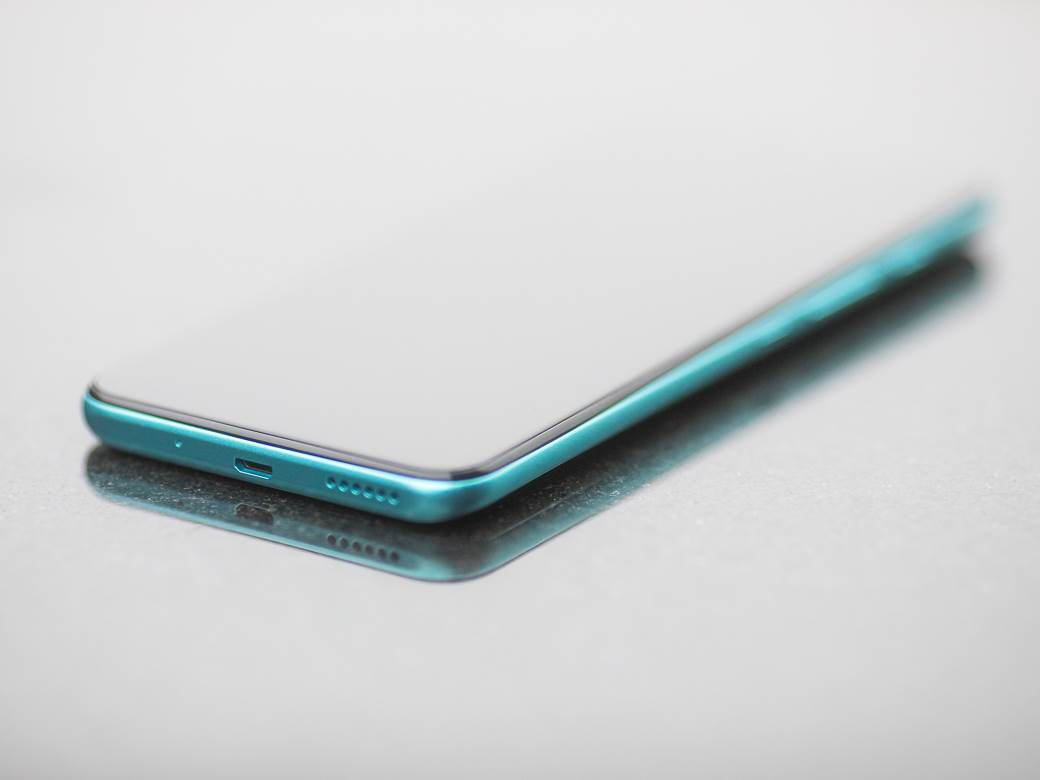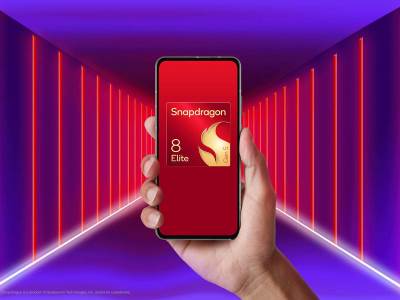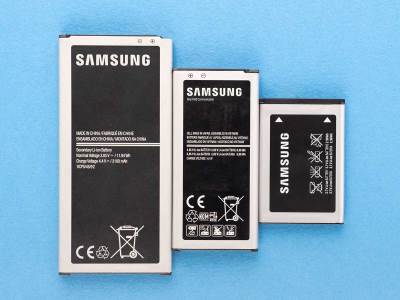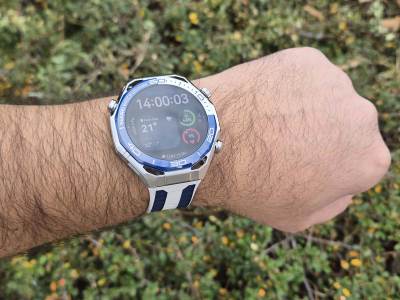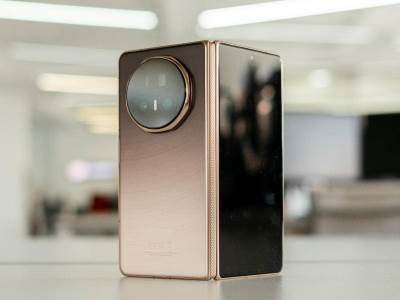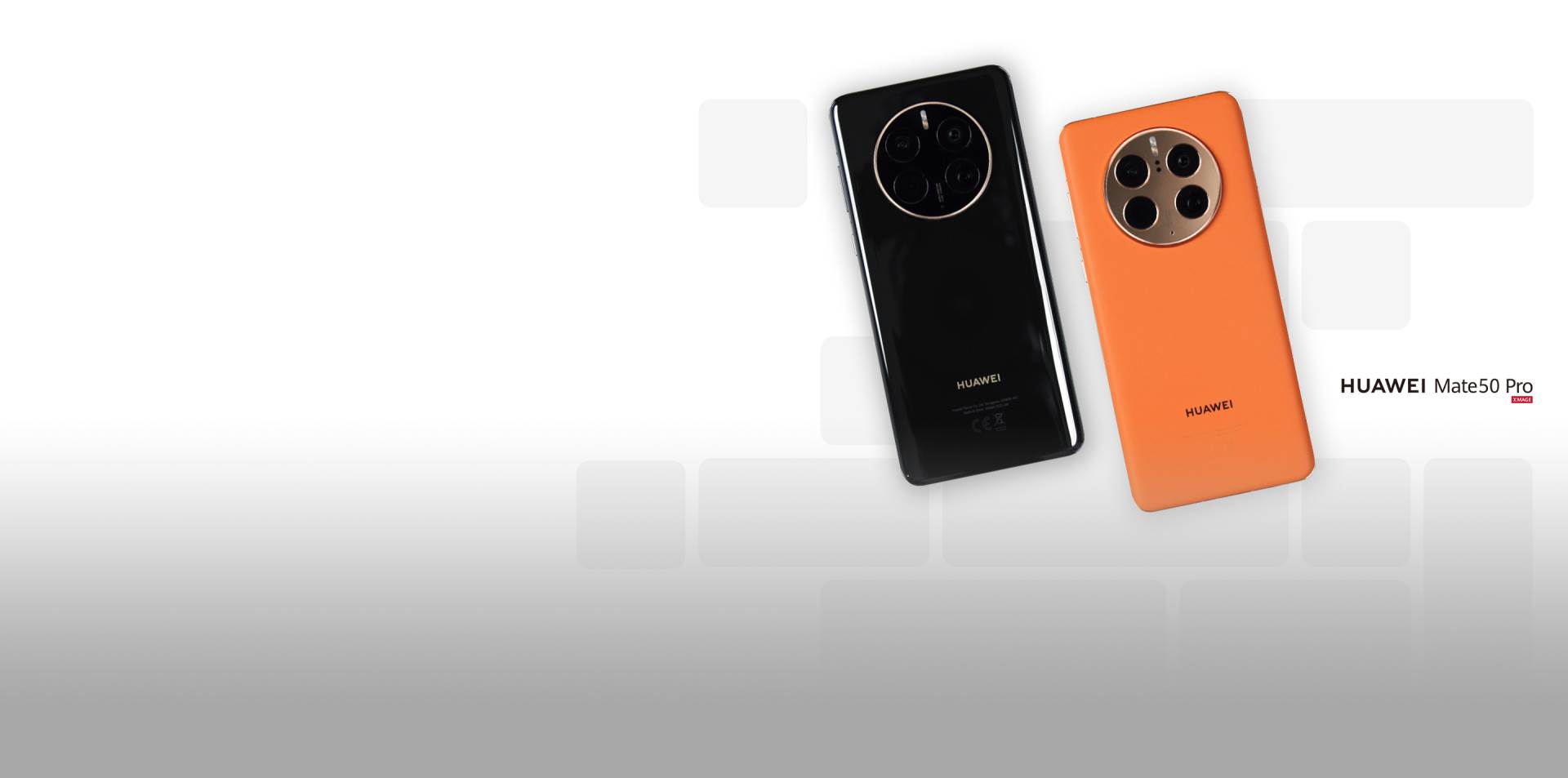Koristeći jestivo ulje kao gorivo, vojni transportni avion RAF Voyager je obavio uspešan let u trajanju od 90 minuta.
Kraljevsko ratno vazduhoplovstvo Velike Britanije (RAF) je uspešno obavilo let činovskog vojnog transportnog aviona, koji je za svoje potrebe u potpunosti koristio jestivo ulje kao gorivo.
"S pravom bi trebalo da budu ponosni na ovo dostignuće. To je trenutak proboja za RAF i veoma uzbudljiv razvoj za Ministarstvo odbrane", rekla je Anabel Goldi, ministarka odbrane Velike britanije.
RAF Voyager, vojna verzija aviona Airbus A330, leteo je iznad Oksfordšira dok su mu svi motori radili isključivo na održivom avio-gorivu, otvarajući niz opcija za vojne i civilne avione u budućnosti.
Vidi opis
Prvi vojni transportni avion na jestivo ulje na svetu uspešno poleteo
100% SAF FLIGHT TRIAL ON A VOYAGER FROM RAF BRIZE NORTON TOOK PLACE ON THE 16TH NOVEMBER 2022.
SAF is a near drop in fuel, designed to reduce the carbon footprint of our aircraft which could prove to be critical to achieve our goal of net zero 2040.
The SAF used for this trial is made from waste cooking oil and has approximately an 80% reduction in CO2 emissions of F-34 despite the fact it was sourced from the far east.
Locally produced SAF could see an even larger reduction in CO2 emissions in the future.
The SAF’s technical name is Hydro processed Ester Fatty Acid Synthetic Paraffinic Kerosene (HEFA SPK)
It is produced by breaking down oils and fats into esters and glycerol in a process called transesterification. The esters are then hydro processed to remove oxygen and unsaturated bonds from them which makes them fit for use in aircraft and less susceptible to breaking down.
There are differences within the fuels which will have an effect on various things:
It has 0 sulphur which reduces engine lubrici
SAF is a near drop in fuel, designed to reduce the carbon footprint of our aircraft which could prove to be critical to achieve our goal of net zero 2040.
The SAF used for this trial is made from waste cooking oil and has approximately an 80% reduction in CO2 emissions of F-34 despite the fact it was sourced from the far east.
Locally produced SAF could see an even larger reduction in CO2 emissions in the future.
The SAF’s technical name is Hydro processed Ester Fatty Acid Synthetic Paraffinic Kerosene (HEFA SPK)
It is produced by breaking down oils and fats into esters and glycerol in a process called transesterification. The esters are then hydro processed to remove oxygen and unsaturated bonds from them which makes them fit for use in aircraft and less susceptible to breaking down.
There are differences within the fuels which will have an effect on various things:
It has 0 sulphur which reduces engine lubricity but leads to less SOx emissions which can cause acid rain.
It doesn’t have a compound calle
SAF is a near drop in fuel, designed to reduce the carbon footprint of our aircraft which could prove to be critical to achieve our goal of net zero 2040.
The SAF used for this trial is made from waste cooking oil and has approximately an 80% reduction in CO2 emissions of F-34 despite the fact it was sourced from the far east.
Locally produced SAF could see an even larger reduction in CO2 emissions in the future.
The SAF’s technical name is Hydro processed Ester Fatty Acid Synthetic Paraffinic Kerosene (HEFA SPK)
It is produced by breaking down oils and fats into esters and glycerol in a process called transesterification. The esters are then hydro processed to remove oxygen and unsaturated bonds from them which makes them fit for use in aircraft and less susceptible to breaking down.
There are differences within the fuels which will have an effect on various things:
It has 0 sulphur which reduces engine lubricity but leads to less SOx emissions which can cause acid rain.
It doesn’t have a compound calle
SAF is a near drop in fuel, designed to reduce the carbon footprint of our aircraft which could prove to be critical to achieve our goal of net zero 2040.
The SAF used for this trial is made from waste cooking oil and has approximately an 80% reduction in CO2 emissions of F-34 despite the fact it was sourced from the far east.
Locally produced SAF could see an even larger reduction in CO2 emissions in the future.
The SAF’s technical name is Hydro processed Ester Fatty Acid Synthetic Paraffinic Kerosene (HEFA SPK)
It is produced by breaking down oils and fats into esters and glycerol in a process called transesterification. The esters are then hydro processed to remove oxygen and unsaturated bonds from them which makes them fit for use in aircraft and less susceptible to breaking down.
There are differences within the fuels which will have an effect on various things:
It has 0 sulphur which reduces engine lubricity but leads to less SOx emissions which can cause acid rain.
It doesn’t have a compound calle
SAF is a near drop in fuel, designed to reduce the carbon footprint of our aircraft which could prove to be critical to achieve our goal of net zero 2040.
The SAF used for this trial is made from waste cooking oil and has approximately an 80% reduction in CO2 emissions of F-34 despite the fact it was sourced from the far east.
Locally produced SAF could see an even larger reduction in CO2 emissions in the future.
The SAF’s technical name is Hydro processed Ester Fatty Acid Synthetic Paraffinic Kerosene (HEFA SPK)
It is produced by breaking down oils and fats into esters and glycerol in a process called transesterification. The esters are then hydro processed to remove oxygen and unsaturated bonds from them which makes them fit for use in aircraft and less susceptible to breaking down.
There are differences within the fuels which will have an effect on various things:
It has 0 sulphur which reduces engine lubricity but leads to less SOx emissions which can cause acid rain.
It doesn’t have a compound calle
SAF is a near drop in fuel, designed to reduce the carbon footprint of our aircraft which could prove to be critical to achieve our goal of net zero 2040.
The SAF used for this trial is made from waste cooking oil and has approximately an 80% reduction in CO2 emissions of F-34 despite the fact it was sourced from the far east.
Locally produced SAF could see an even larger reduction in CO2 emissions in the future.
The SAF’s technical name is Hydro processed Ester Fatty Acid Synthetic Paraffinic Kerosene (HEFA SPK)
It is produced by breaking down oils and fats into esters and glycerol in a process called transesterification. The esters are then hydro processed to remove oxygen and unsaturated bonds from them which makes them fit for use in aircraft and less susceptible to breaking down.
There are differences within the fuels which will have an effect on various things:
It has 0 sulphur which reduces engine lubricity but leads to less SOx emissions which can cause acid rain.
It doesn’t have a compound calle
Skloni opis
Izvor: Royal Air Force, STEVE LYMPANY/RAFBr. slika: 6
1 / 6
Izvor: Royal Air Force, Paul Crouch/RAFBr. slika: 6
2 / 6
Izvor: Royal Air Force, MRS SHARRON FLOYD/SERCO Photo, RAF Brize NortonBr. slika: 6
3 / 6
Izvor: Royal Air Force, MRS SHARRON FLOYD/SERCO Photo, RAF Brize NortonBr. slika: 6
4 / 6
Izvor: Royal Air Force, Paul Crouch/RAFBr. slika: 6
5 / 6
Izvor: Royal Air Force, Paul Crouch/RAFBr. slika: 6
6 / 6
Emisije ugljenika u životnom ciklusu održivog avionskog goriva, koje se proizvodi od održivih sirovina na bazi otpada, kao što je korišćeno jestivo ulje, obično su do 80% niže od konvencionalnih goriva za mlazne avione. Tvrdi se da bi uspešno obavljen testni let mogao da dovode do smanjenja zavisnosti RAF-a od globalnih lanaca snabdevanja i smanjenja ugljeničnog otiska.
"Klimatske promene su transnacionalni izazov koji ugrošava našu otpornost, bezbednost i naš kolektivni prosperitet. Zato je RAF postavio ambiciozan izazov da do 2040. godine postane prvo ratno vazduhoplovstvo na svetu sa nultom emisijom uglenika", kažu iz RAF-a.
Državni propisi Ujedinjenog Kraljevstva nalažu da do 2050. godine sve emisije gasova staklene bašte budu na nuli.
Postanite deo SMARTLIFE zajednice na Viberu.








